Search
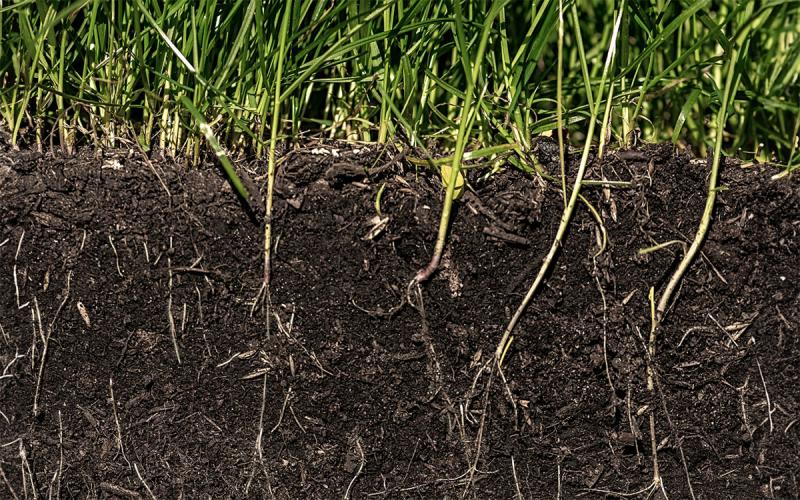
SDSU Extension 2025 Crop Hour webinar series starts in January
November 18, 2024
Crop Hour provides producers and industry professionals with information to navigate the
challenges and opportunities of farming in South Dakota. People can participate live via Zoom or watch the recorded presentations on YouTube.

Cultural History of the Christmas Tree and Poinsettia (Cuetlaxochitl)
Christmas trees and poinsettias are the two plants that symbolize the Christmas season, but why do these plants hold that place that? And where did the association with Christmas originate?
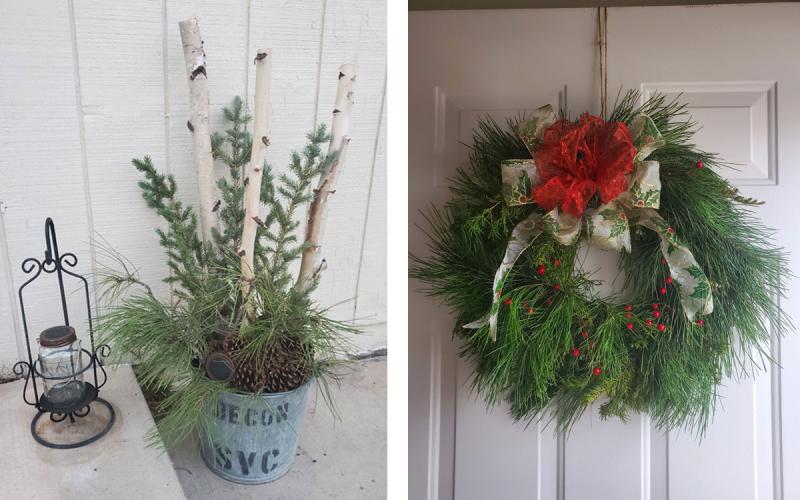
Create Your Own Holiday Greenery This Season!
If you’re already itching to get back into the garden, holiday-themed pots and wreaths can add a fresh touch to the season and bring a little natural cheer to the holidays!

The Benefits of Having Houseplants
Whether you choose to fill your home with a variety of plants, or simply add one or two, houseplants offer numerous advantages.
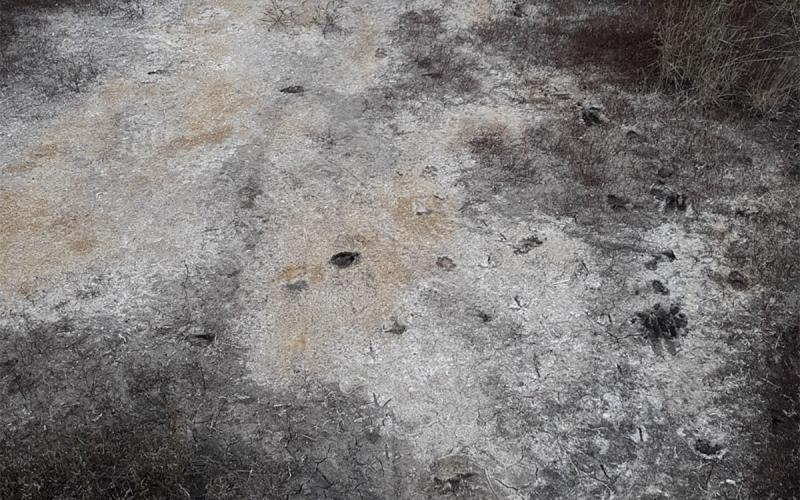
Soil Salinity, Sodicity, and Alkalinity in South Dakota Soils
Salinity and sodicity are issues that negatively affect crop production and soil health in South Dakota.

SDSU Extension 4-H Youth Development Camp Policies and Procedures
Throughout the manual, various policies indicate that they are in addition to the policies and procedures in place at the camping facilities. As a renter of camping facilities, SDSU Extension and South Dakota 4-H will follow all policies and procedures outlined at the facilities rented and employ any additional policies as needed.
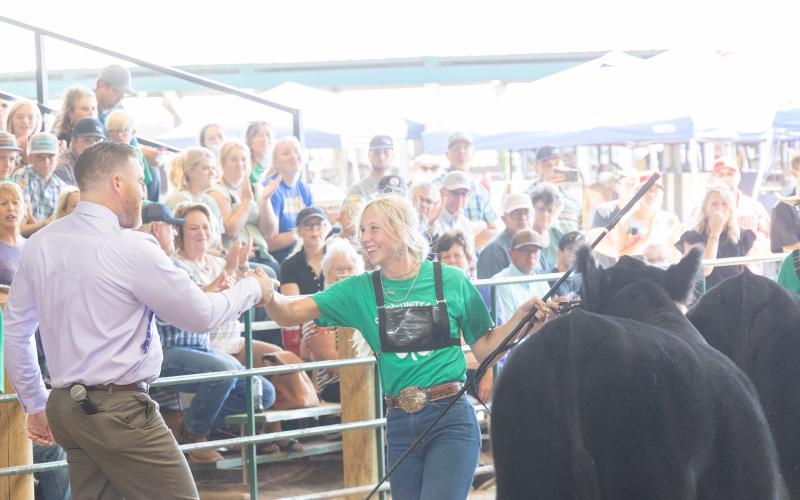
5 Languages of Youth Appreciation
Guidebook providing a brief overview of each language of appreciation, what to consider before practicing each language and some examples of how to use each language in common 4-H settings.
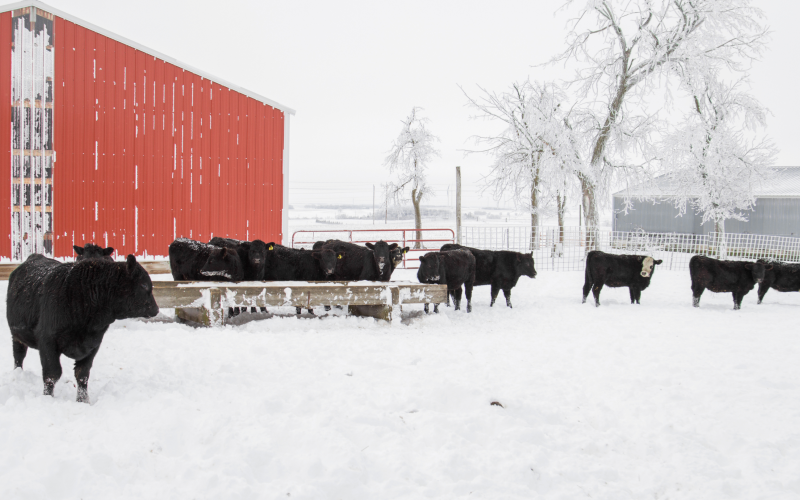
SDSU Extension to provide educational sessions during 2025 Dakota Farm Show
December 19, 2024
South Dakota State University Extension will provide a day of educational sessions for crop and cattle producers during the 2025 Dakota Farm Show in Vermillion.
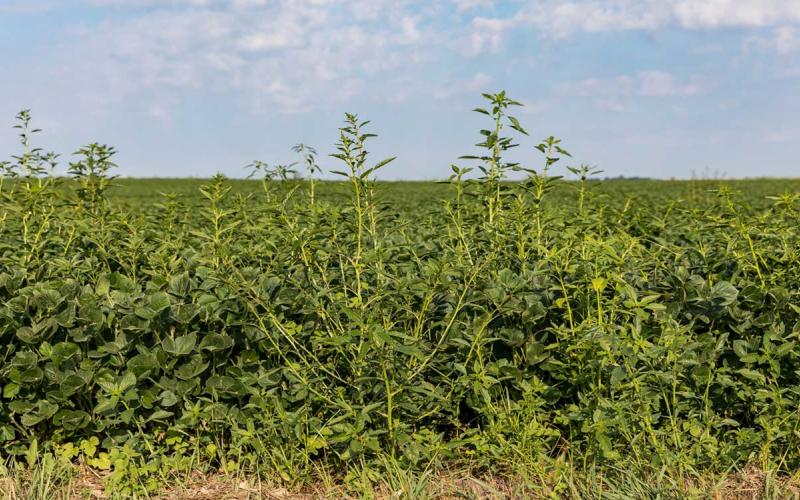
Enlist One (2,4-D) and Liberty (Glufosinate) Applied Alone or Mixed During the Day and Night: Weed Control and Soybean Yield Implications
Fact sheet on the research done to determine weed control effectiveness with Enlist One and Liberty alone and tank mixed when applied during the daytime and nighttime.

Bloom and Grow
SDSU Extension will host a series of workshops teaching horticulture techniques from January to October at McCrory Gardens.